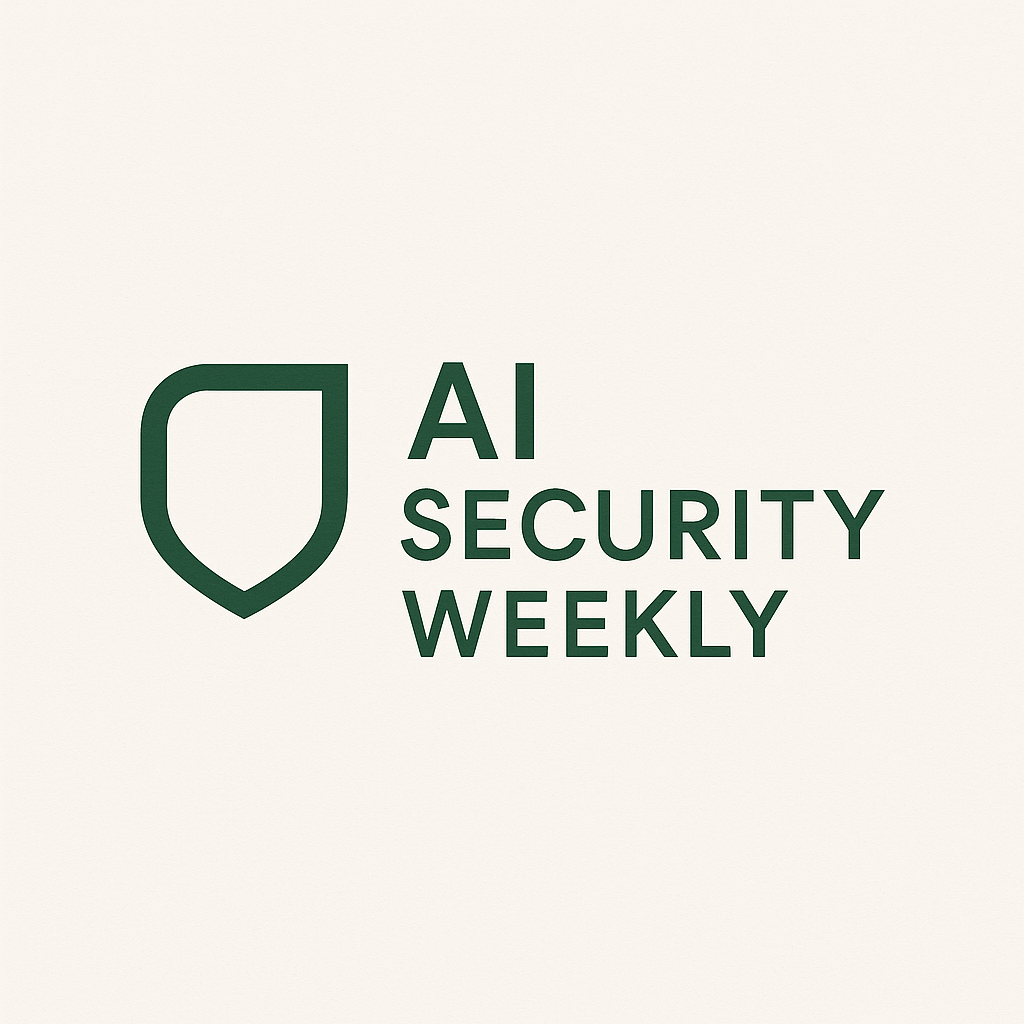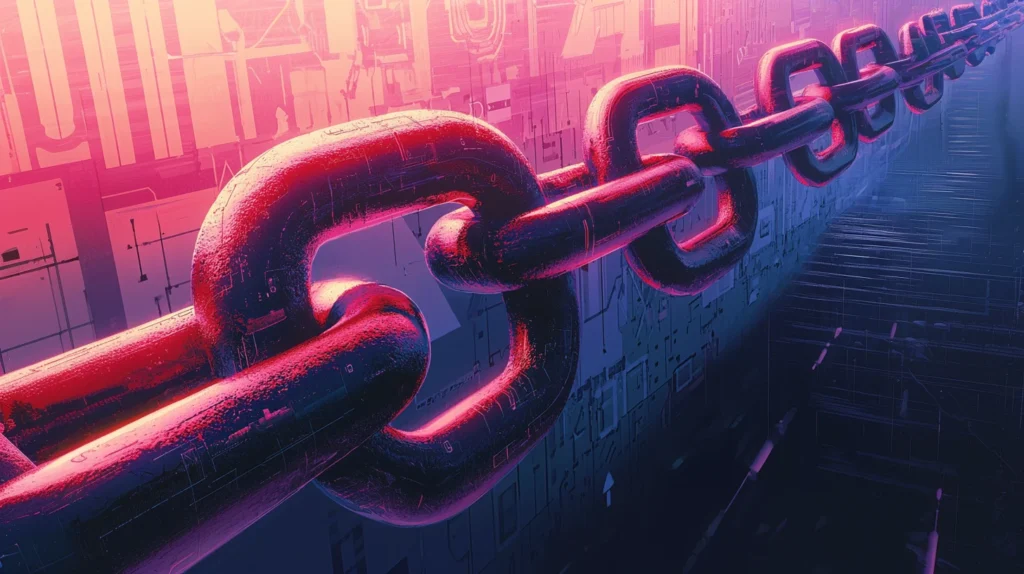Adversaries are infiltrating upstream software, hardware, and vendor relationships to compromise downstream targets covertly. Malicious updates injected into CI/CD pipelines, concealed rogue dependencies in open-source code, and altered hardware components enable these attacks to evade traditional defenses by exploiting trusted channels.
Continuous Monitoring of Third-Party Risk
As supply-chain attacks increase, ensuring third-party security becomes crucial for all businesses. Organizations must assess their suppliers for robust cybersecurity practices and work to minimize risk exposure during attacks on their partners, according to Colin Fraser, Director at i-confidential.
Despite increasing national security tensions and government mandates, Chinese military-affiliated companies remain entrenched in the U.S. digital supply chain, providing vital digital infrastructure and exposing American businesses and critical sectors to cybersecurity vulnerabilities.
Shifting Focus to Real-Time Risk Management
This broadened attack surface introduces multiple entry points for cybercriminals, prompting CISOs to extend their security strategies beyond their organizational confines. A key development is the shift toward continuous monitoring of third-party risks, moving away from one-time vendor evaluations to real-time insights regarding supplier vulnerabilities, exposures, and abnormal behaviors.
Transition of SBOMs from Compliance to Operational Essentials
DevSecOps has become fundamental for supply chain resilience, integrating security deeper into CI/CD pipelines and automating dependency scans to ensure the integrity of software development. Additionally, Software Bill of Materials (SBOMs) are evolving from mere compliance documents into essential operational tools that allow security teams to assess their exposure to new vulnerabilities.
This shift aligns with increasing regulatory initiatives aimed at enhancing transparency, such as the U.S. Executive Order on Improving the Nation’s Cybersecurity and NIST’s Secure Software Development Framework (SSDF), advocating for mandatory SBOM adoption across various sectors. The EU has also introduced regulations like DORA and NIS2, which emphasize improving supply chain security and holding businesses accountable for their cybersecurity practices.
Leveraging AI for Enhanced Security
On the other hand, AI is being utilized for large-scale threat detection, providing predictive capabilities that can identify potential compromises before they surface, especially in code and package repositories. Zero trust principles are expanding to include vendor systems, applying identity, device posture, and behavior-based access controls throughout the extended enterprise.
However, a concerning trend is the use of generative AI by adversaries to orchestrate convincing phishing and impersonation attacks targeting procurement processes and communications among executives. A survey of 500 global supply chain leaders from Logility reveals that while 97% use some form of Generative AI, only a third employ tools explicitly designed for supply chain roles. Additionally, 43% express concerns over data privacy when using Generative AI, and 40% distrust its outputs.
Demand for Real-Time Supply Chain Visibility
Real-time visibility has become a necessity, facilitated through IoT telemetry and blockchain traceability technologies, granting defenders better insights into activities across global supplier networks. For example, BMW has adopted blockchain to enhance component and raw material traceability in its intricate international supply chains, aiming to bolster transparency and thwart tampering.
As Nate Warfield, Director of Threat Research and Intelligence at Eclypsium, notes, supply chain security is a relatively nascent concept often neglected due to the overwhelming wave of vulnerabilities, zero-day exploits, ransomware, and the complexities of operating in both pandemic and post-pandemic environments. Formulating a supply chain strategy and prioritizing it poses significant challenges that require collaboration among executive, development, security, and legal teams, with strategies varying based on each organization’s unique business model.
To effectively counter supply chain attacks, organizations need more than merely technical safeguards; they require a strategic, systemic transformation. For CISOs, this entails enhancing visibility, continually validating trust, and fortifying every layer from code to components, vendors to endpoints.



